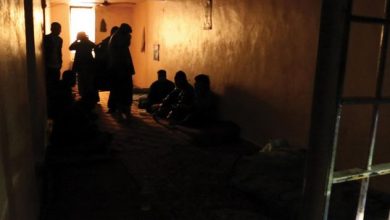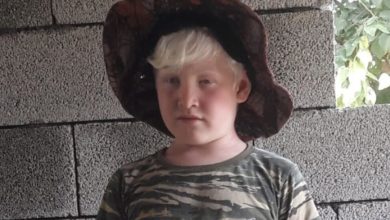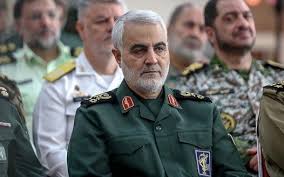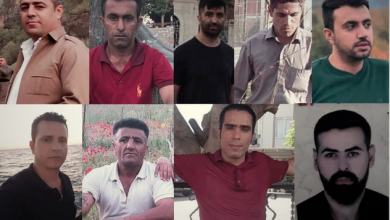This global day is not merely a reminder of violence; it is a reminder of responsibility. Documentation and family testimonies archived by the Watch indicate that children in Kurdish regions are still deprived of their most fundamental right: security.
Dr. Zana Sadeqi
Every year on this day, the global community focuses specifically on one of the bitterest and deepest human wounds: sexual abuse, violence, and exploitation of children. The World Day for the Prevention and Healing of Child Sexual Exploitation and Abuse is an opportunity to recall that behind every statistic and report lies a real child; a child who has been denied security, mental health, and the right to a future. This day is not a symbolic occasion, but a call for practical action, for collective responsibility, and for placing child protection as an absolute priority in policymaking, security programs, and legal mechanisms. The importance of this day is compounded when we look at conflict and marginalized areas—regions where children are more exposed than anywhere else to structural violence, poverty, trafficking, sexual exploitation, and recruitment by armed groups.
In recent years, as regional crises and the political interests of various actors have challenged the boundaries of ethics and international law, the issue of child vulnerability in Kurdish regions has repeatedly been at the heart of the crisis. These are children who neither willed nor chose their path, but who were placed on a course exploited by adults for their military, political, or economic gain—whether directly through military training and deployment to the front lines, or indirectly through use in support roles, as messengers, ‘Kolbars’ (porters), or even being turned into tools for sexual exploitation. The international definition of a “child soldier” is not limited to an adolescent carrying a weapon; any person under the age of 18 who is utilized in any capacity by an armed group is a victim of a grave violation of child rights, and the effects of this experience will linger on their life for years.
In the local contexts of Kurdistan, credible evidence and narratives show that certain Kurdish armed groups have, in recent years, either directly recruited adolescents or created conditions that facilitate the flight or joining of minors to these groups. The case files available in the archive of the Iranian Kurdistan Human Rights Watch—ranging from families whose children have been abducted or deceived to adolescents who have managed to return after years—present a clear picture of this reality. The depth of the trauma becomes even clearer when we remember that some of these children were separated from their families at very young ages and entered military training camps; an experience that not only steals their childhood but also shatters their psyche, future, education, and social identity.
The human consequences of the military use of children extend far beyond their apparent borders. Children who enter armed structures often face psychological disorders, severe social adjustment problems, depression, profound trauma, and the inability to return to society. Families confront immense psychological and economic burdens, and local communities suffer distrust and fragmentation—a rift that takes years to repair. Furthermore, the economic and sexual exploitation of children in border regions—from forced porterage (Kolbari) to use in trafficking networks—shows that the crisis is not solely military; it is a complex of interconnected violences that turn the child into the most vulnerable person in society.
In this context, the role of the Iranian Kurdistan Human Rights Watch in the meticulous and secure documentation of these cases has been vital. Dozens of interviews, field reports, family narratives, and credible documents have been recorded in this archive, which, alongside international sources, provides an unvarnished view of child rights violations. The value of this documentation lies not just in recording reality, but in enabling accountability, legal pursuit, and applying pressure to establish international fact-finding mechanisms. If these narratives are not told, the cycle of violence will continue, and the perpetrators will gain greater impunity.
Combating this crisis requires two serious approaches: First, immediate protection for children at risk, including their safe removal from areas controlled by armed groups, repatriation to their families, and the provision of psychotherapy and educational services. Second, genuine accountability for those involved in the recruitment, training, exploitation, or concealment of the abuse of these children. We can only claim real action has been taken when the economic and political networks supporting these groups are also targeted, and when long-term rehabilitation programs are designed for the children; programs that guarantee education, mental health, social support, and economic opportunities to prevent the child from being drawn back into the same cycle.
In conclusion, it must be stated unequivocally that no ideology, no political claim, and no flag has the right to steal childhood from a human being. This international day must be an opportunity for the Watch to relay the victims’ narratives louder than ever to the world and, at the same time, demand practical, measurable, and followable actions. Children in Kurdish regions need the support, security, and future that has been denied to them; and it is our collective responsibility to break this cycle.






